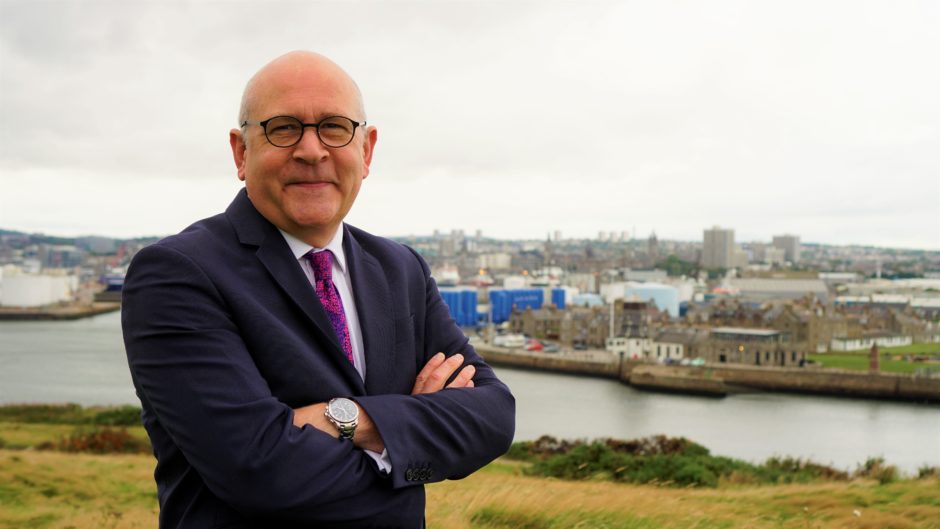
Common sense tells us that the UK is a small island with depleted oil & gas reserves and high costs, and that businesses should be growing their export focus to survive and prosper. We all accept this, but the stats are now telling…
The UK greenfield CAPEX market in oil & gas and offshore wind, looking at approved and announced projects 2020-2025, is $164bn, which is 3.3% of the global $4.9tn market. This sounds large and exciting, but the devil is in the detail.
In fact, UK only accounts for 1.3% of the global oil & gas CAPEX market ($57bn of $4,362bn) – and this percentage is worsening quickly due to European decarbonisation pressures.
The UK fares better in offshore wind with 15.8% of the global CAPEX market ($107bn of $570bn) – but this percentage is also reducing quickly as the UK will soon concede its position as the #1 global offshore wind developer.
More devilish detail is that the UK’s supply chain is far stronger in oil & gas than offshore wind and yet the offshore wind market in the UK is now nearly two times that of oil & gas. Of the 3,500 UK energy supply chain businesses we have, 3,000 are active in oil & gas, versus only 900 in offshore wind, and just a reminder we import 100% of offshore wind turbines, mainly from Europe.
Energy transition technologies are planned to enable the UK to meet its 2050 net zero carbon commitments, and they would synchronize well with our strong oil & gas supply chain capability.
Global hydrogen and CCUS projects are already expected to top $80bn by 2030, and there are new announcements almost daily by different countries around the world pushing up this estimate. The UK accounts for a quarter of these project announcements, but the lion’s share still await government approval.
Time is passing us by and if we don’t develop energy transition capability inside the UK, then we will not be able to export the capability in the future.
UK businesses are good exporters, well regarded by clients globally, and indeed energy companies average 60% of their current revenues from legacy export markets, developed in better times before the 2014 oil crisis that changed everything. Since then, only 10-15% of businesses have invested in developing new export markets, seeking faster returns with lower risks by innovating and diversifying within the UK.
In conclusion, the stats are compelling and worrying – the UK energy CAPEX market is shrinking fast on all fronts, and yet supply chain behaviour continues to shy away from investing in new export markets. Something has to give. Will government help – by approving new build nuclear power plants, or using COP26 to approve much more ambitious energy transition investments? Or will supply chain bosses see the light and look beyond UK shores for growth once again?
This conundrum is why the EIC, along with our government and industry partners, are collaborating to bring the Energy Exports Conference to the UK again, to help businesses to shortcut the export process, to efficiently target new project opportunities, to meet key decisions makers and re-build global networks. The event is free to attend, and we hope it helps.
Register to attend the virtual Energy Exports Conference at www.the-eic.com.
Recommended for you
